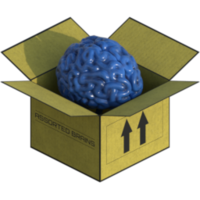First of all, I've never attempted any of these games, so I don't know.
Second, please rank these games on programming difficulty level (beginner, intermediate, advanced, expert). If you can be so kind, please give a quick sentence or two (or more if needed), as to why you gave the game that rank.
- Go
- Hangman
- Tic-Tac-Toe
- Chess
- Connect Four
- Battleship
- Checkers
The reason I am asking the question is that the programming to get these games right and deal with the various strategies seems far more complex than a simple switch statement. A lot of the games I've listed don't seem ...appropriate... for a beginner to tackle. Or another way of putting it, the AI for these games seem far more complex than SMB. But again, I'm guessing and don't really know. So I'm asking.









